Racial Barriers

[Magann. An illustration of a nice deep space planet background. April 20th, 2010.]

[Magann. An illustration of a nice deep space planet background. April 20th, 2010.]
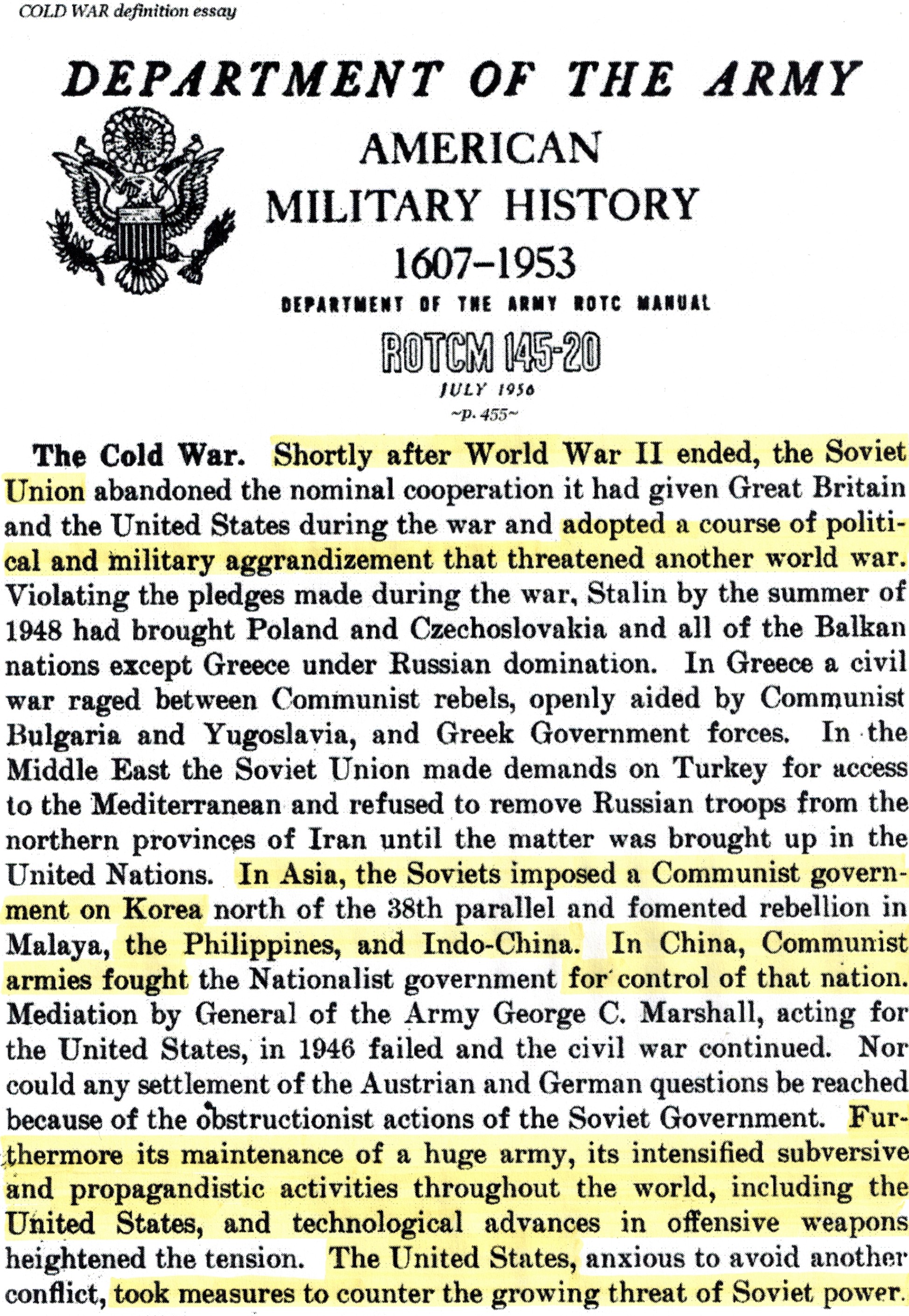
[Department of the Army ROTC Manual. Cold War Definition Essay. July, 1956.]
The Soviets were looking into building weapons within the Earth's atmosphere, undetectable and capable of mass destruction.
In fear of a Soviet-controlled outer space, the United States launched a space program to counter it.
With both countries neck and neck in the race to space, these are some of many milestones reached by both countries' space programs..
"History changed on October 4, 1957, when the Soviet Union successfully launched Sputnik I. The world's first artificial satellite was about the size of a beach ball (58 cm.or 22.8 inches in diameter), weighed only 83.6 kg. or 183.9 pounds, and took about 98 minutes to orbit the Earth on its elliptical path. That launch ushered in new political, military, technological, and scientific developments. While the Sputnik launch was a single event, it marked the start of the space age and the U.S.-U.S.S.R space race."
[NASA. Sputnik and The Dawn of the Space Age. October 10th, 2007.]
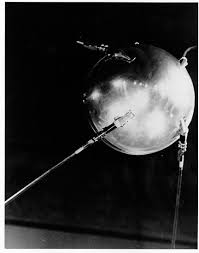
[NASA. The Sputnik 1. Date Unknown.]
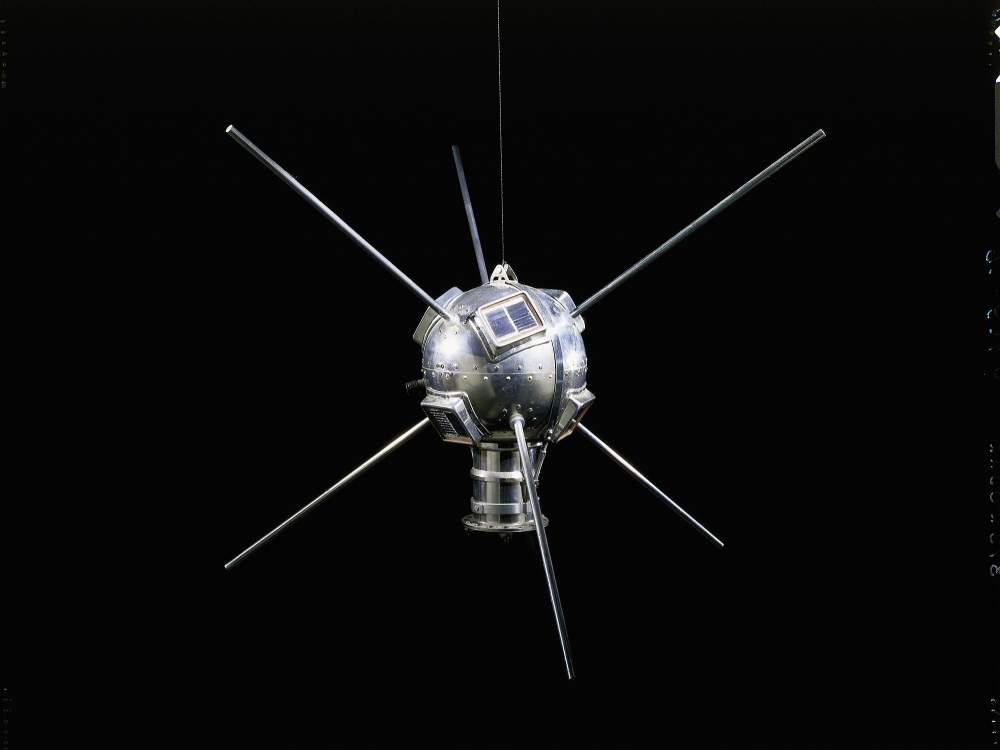
[Smithsonian National Air and Space Museum. Satellite, Vanguard 1, Backup. Date Unknown.]
"[...] In July 1955, the White House announced plans to launch an Earth-orbiting satellite [...] In September 1955, the Naval Research Laboratory's Vanguard proposal was chosen to represent the U.S. during the IGY."
[NASA. Sputnik and The Dawn of the Space Age. October 10th, 2007.]
"The Sputnik launch changed everything. As a technical achievement, Sputnik caught the world's attention and the American public off-guard. Its size was more impressive than Vanguard's intended 3.5-pound payload. In addition, the public feared that the Soviets' ability to launch satellites also translated into the capability to launch ballistic missiles that could carry nuclear weapons from Europe to the U.S. Then the Soviets struck again; on November 3, Sputnik II was launched, carrying a much heavier payload, including a dog named Laika."
[NASA. Sputnik and The Dawn of the Space Age. October 10th, 2007.]
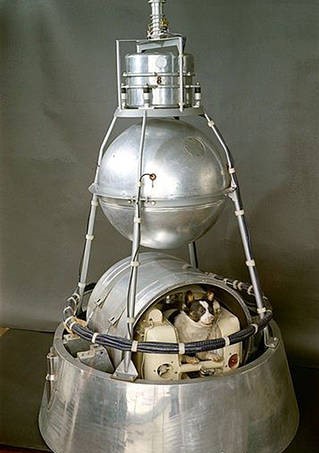
[RCS Energia. Mockup of Sputnik 2. Date Unknown.]
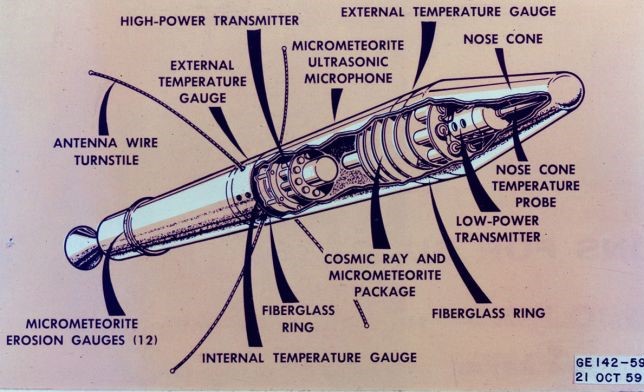
[JPL-Caltech/NASA. Inside Explorer 1. October 21st, 1959]
"Immediately after the Sputnik I launch in October, the U.S. Defense Department responded to the political furor by approving funding for another U.S. satellite project. As a simultaneous alternative to Vanguard, Wernher von Braun and his Army Redstone Arsenal team began work on the Explorer project. "
[NASA. Sputnik and The Dawn of the Space Age. October 10th, 2007.]
"On January 31, 1958, the tide changed, when the United States successfully launched Explorer I.
[...] The Sputnik launch also led directly to the creation of National Aeronautics and Space Administration (NASA). In July 1958, Congress passed the National Aeronautics and Space Act (commonly called the "Space Act"), which created NASA as of October 1, 1958 from the National Advisory Committee for Aeronautics (NACA) and other government agencies."
[NASA. Sputnik and The Dawn of the Space Age. October 10th, 2007.]
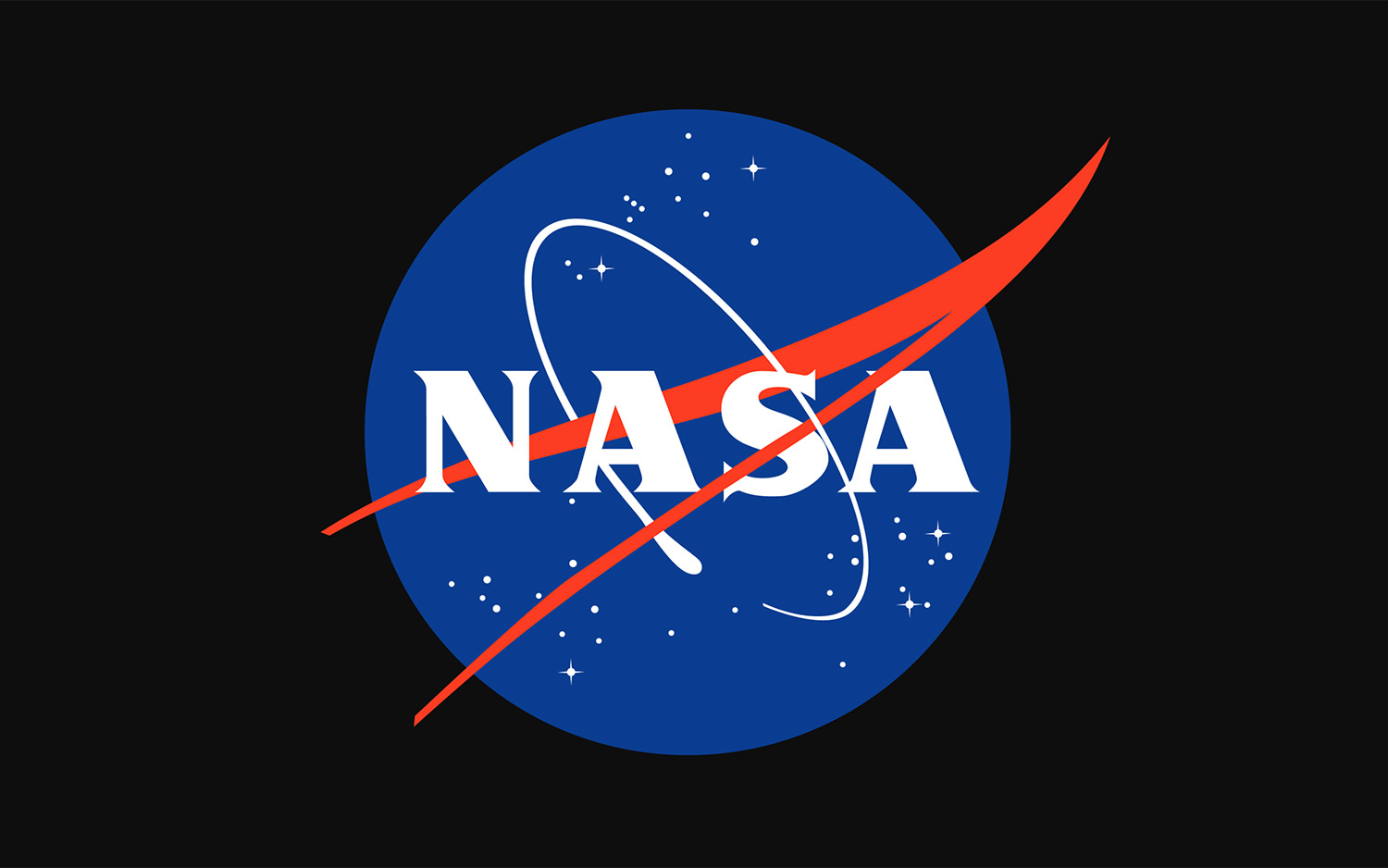
[NASA. The NASA insignia is one of the agency's best-known symbols. 1959.]
From then on, the world went on to creating various projects and missions to effectively break the barrier of space forever.
Missions included the many space shuttle launches, satellites, Voyager I and II, and more.
After the Apollo missions, there were also many breakthroughs in weather forecast technology, surveillance and tracking technology, development of the Global Positioning System (GPS), and much more.
Looking forward, we have many private companies leading the way to further explore space. SpaceX, Blue Origin, Planet Labs and more are already launching rockets almost every week, testing out new technology with NASA, paving a sure road for future exploration.
NASA's website also includes a number of new technologies developed to function in space, including solar sails, 3D printers and more. Find it some of them here.